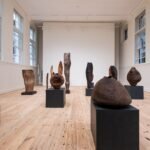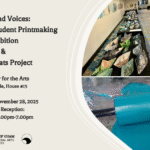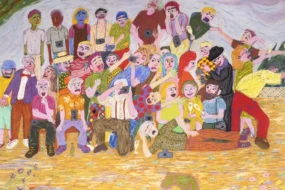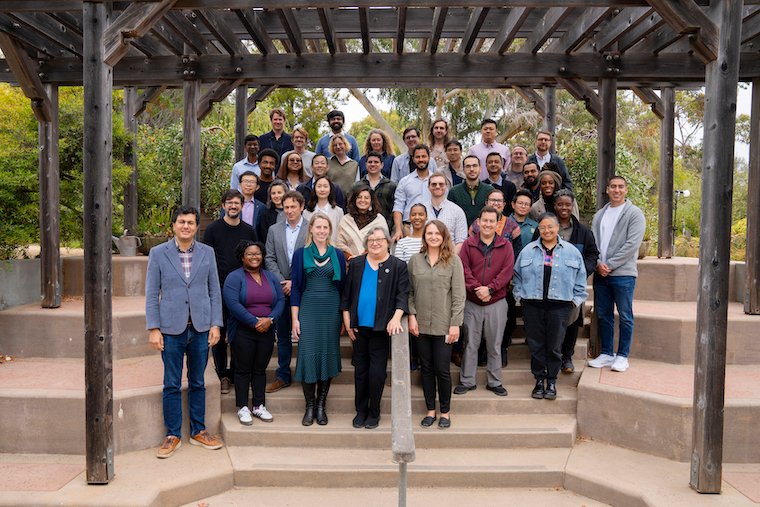
As a new quarter starts, the Arts Division is welcoming eight new faculty members who represent the creativity, diversity, and thoughtfulness that are key pieces of the division’s identity. They come from all different backgrounds, and their artistic endeavors cover a multitude of forms, styles, and topics.
These are brief looks into the lives of those eight professors both personal and professional. For more information click on their names to read extended profiles.
Assistant Teaching Professor of Performance, Play & Design
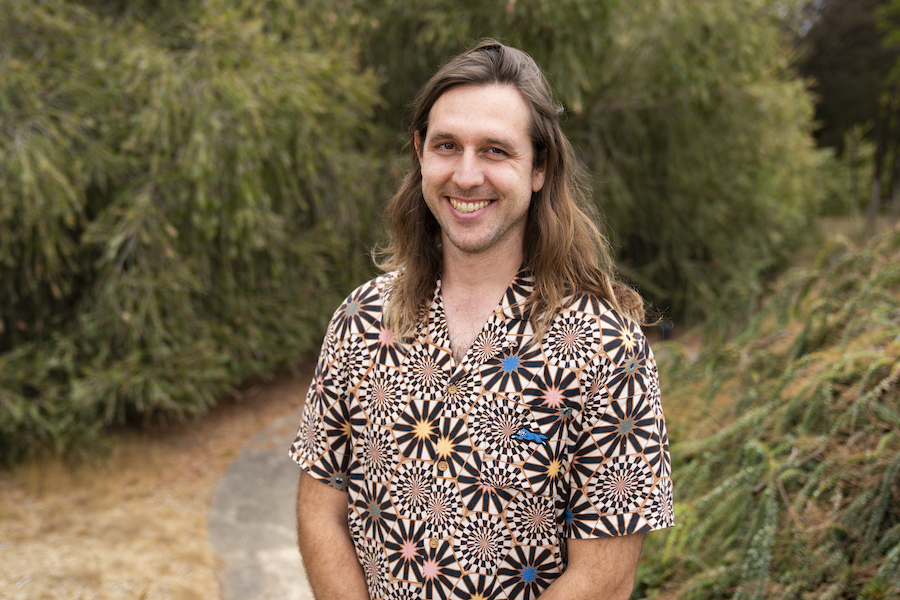
The new assistant teaching professor in the department of Performance, Play and Design (PPD), Patrick Michael Ballard, is no new face on the University of California, Santa Cruz campus. Ballard came to campus as a visiting assistant professor two years ago, and stayed on last year as a full time lecturer, teaching eight classes while flying back and forth between here and UCLA where he also taught.
Beyond his love for teaching, Ballard’s creative career has spanned genres and styles, often intermixing artforms. “I’ve been doing things in the margins of all these other practices, like performance art and sculpture making and trying to make them legible to each other,” he says. “There wasn’t really a place where all of those things were legible to people. They’d pick out one thing that I do and be like, ‘that’s what you do.’”
His work spans all the elements of PPD having made an escape room, an experimental stand-up show, and a host of other immersive experiences that force the audience to interact with the art around them. Joining PPD seemed like the perfect environment for him: “it felt cosmic, like the universe created a department where I could go to and be a part of.”
His versatile life and background have prepared Ballard to start a new adventure in teaching at UC Santa Cruz. “I didn’t really choose games, games chose me. I kept getting pushed out of different cultures until I ended up in games,” he says. But now he is here to stay.
Assistant Professor of History of Art and Visual Culture

After being raised, in part, in Hawaii it’s no wonder that the new professor of History of Art and Visual Culture (HAVC), Nicole Kuʻuleinapuananiolikoʻawapuhimelemeleolani Furtado loves oceanic studies and incorporates it into her work. Her work combines reimaginings of indigenous Hawaiian futures, often through science fiction with her passion for oceanic studies. “University of California, Santa Cruz has a long history of oceanic studies, so a lot of the folks who I was reading for my dissertation work had come through UCSC,” says Furtado.
After receiving her undergraduate degree from the University of Hawaii at Manoa, she went on to receive both her Master’s and Ph.D. degrees from UC Riverside. All her degrees are in English, which is where she found a love of scifi and exploring alternate futures through fiction. “My department at UC Riverside took a very broad definition on what literature can mean,” says Furtado. “I started exploring VR projects, AI, graphic novels and things like that. All of a sudden, all my research was starting to move away from novels into visual art and embodiment.”
Once she received her Ph.D. in June of 2023 Furtado was awarded the University of California President’s Postdoctoral Fellowship which brought her to UC Santa Cruz. “My mentor, Stacey Kamehiro, she’s one of the few professors in the UC system who also does work based out of Hawaii, and so it was kind of like the perfect timing,” says Furtado.
Now Furtado is ready to be back in the classroom. “It’s been a while since I worked with students,” she says. “While it makes me nervous to be back in the classroom with them, I’m excited to work with students again.” Working in HAVC gives Furtado plenty of opportunities to explore more art and deepen her research. “I appreciate Santa Cruz so much, because they believed in my research. As niche as it is, they believed in it from the beginning.”
Assistant Professor of Film and Digital Media
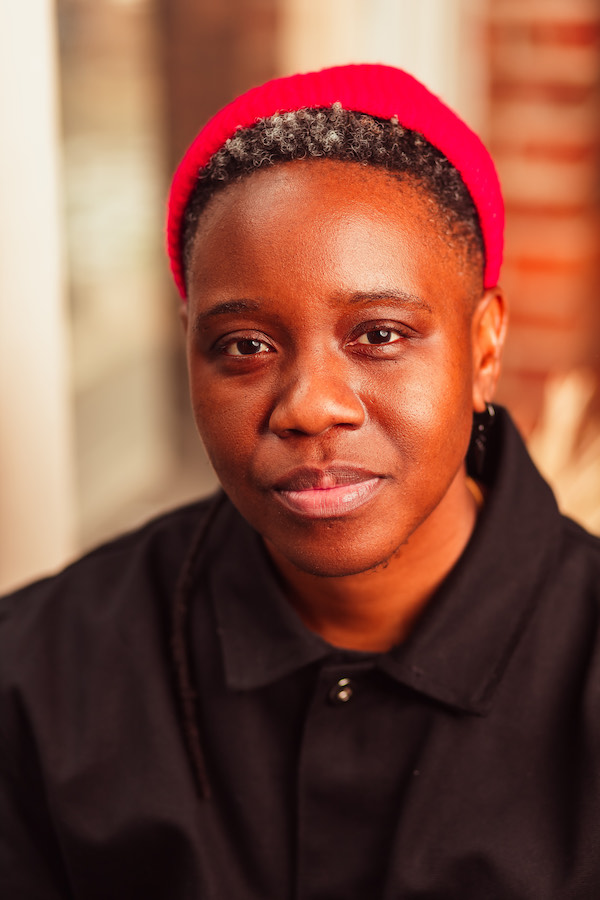
Despite being the new assistant professor in the Film and Digital Media department, Chari Glogovac-Smith’s work covers music, digital art, and performance as well. “I started my musical and artistic journey by writing music and conducting sound experiments and thinking about how sound is paired with the moving image, because I loved watching movies all the time when I was a kid,” they said.
Like most who come to the University of California, Santa Cruz campus, Glogovac-Smith was drawn in by the scenic beauty, but they also found a home with the community. “It felt like the perfect fit: my research aligned with the job, folks were warm and welcoming, and the nature’s beautiful.”
Throughout their career, Glogovac-Smith has received numerous fellowships and was even nominated for an Emmy Award for their music. Currently they are working on a piece for the Seattle Modern Orchestra which will be premiering later this month.
Along with Glogovac-Smith’s work in a variety of arts, they also have a passion for teaching. “Teaching is an opportunity to connect over ideas, to learn from students as much as they learn from me, and to shape the future,” said Glogovac-Smith. “I get a lot of joy from these conversations I have in the classroom and outside the classroom too.” One of their most rewarding experiences so far was teaching a class over the summer on the topic of feelings.
Glogovac-Smith themself is a first-generation college student, and finds it important to connect with their students. “It’s really important to me that I bring that particular experience with me into every room I enter,” says Glogovac-Smith. “It matters to students to see people that not only look like them, but come from maybe similar backgrounds, and for them to know that regardless of where they come from, whatever their upbringing and backgrounds, there’s a place for them in higher education.”
Assistant Teaching Professor of Music and Creative Technologies
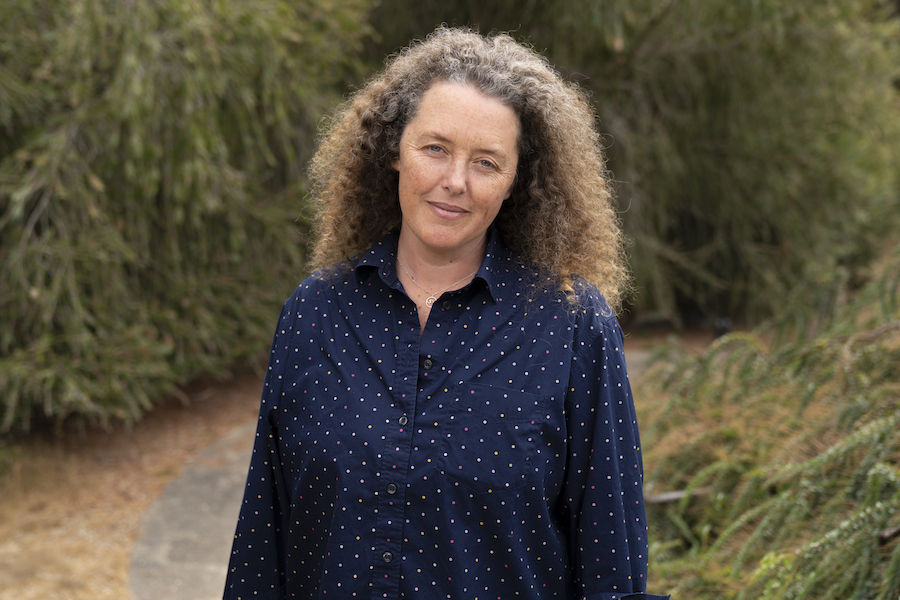
Previously a lecturer in the Arts Division, Yolande Harris is excited for her new role as an assistant teaching professor in both the music and creative technologies departments. Here at University of California, Santa Cruz she can pursue her love of music as it relates to the environment, predominantly ocean sounds.
Before coming to UC Santa Cruz, Harris worked at the Rhode Island School of Design. When she was initially hired at UC Santa Cruz she took a road trip across the US where she camped across different terrains along the way. “I remember crossing the last mountain before Santa Cruz and seeing the Pacific Ocean fog banks for the first time, stopping at the beach and watching dolphins close to shore,” says Harris.
It’s been eight years since Harris came to campus, where she has taught in departments across the Arts Division including Art, Music, and Digital Arts & New Media. “My overall aim in teaching is to inspire a love of learning and respect for the intricacies of the creative process,” she says. “The best moments are when as a classroom we are all engaged in each other’s projects, actively creating together, and learning by making, whether in music, art or media.”
With her creative work and teaching, Harris is looking forward to exploring over the next year. “I’m excited to work with students in an interdisciplinary position, based in music and reaching out across creative technologies,” she says. “This is a very exciting time to educate people in creative fields to work to shift the emphasis away from oppressive dominant technologies, systems and economics. UC Santa Cruz is a good place to do this work.”
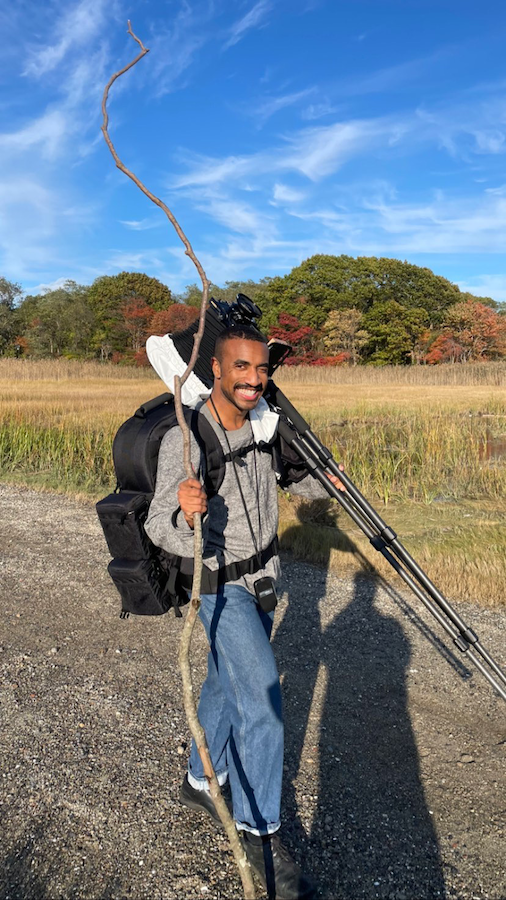
When Jonathan Jackson initially applied for his role at UC Santa Cruz he was looking for a change from his old life. The new assistant professor of art was born and raised in Detroit, and has spent the past few years teaching at Boston College. “I was just really needing a physical life change,” says Jackson. “I felt like I could see down the barrel of my life and I could see the rest of it in the container of that region.”
Jackson was also in search of a tenure-track position that fit with his goals as an artist, and UC Santa Cruz was perfect. “They were seeking a scholar and artist to work with contemporary theory around race and representation, and that was my primary focus,” he says.
Even when he’s not working, Jackson dedicates his time to photography. “My practice is fun to me, even though sometimes it can touch deeper emotional parts of yourself,” he says. “Making photographs is still the primary thing I want to do with my time.” Although he does curb his free-time spent on photography by baking or enjoying the sunshine.
Jackson expends a lot of his energy on making art, and has appeared in several galleries, but he also loves teaching and working with his students. “I’m really excited to be in a larger institution and bring the things that I possess as an educator and as an artist to different divisions and different departments.”
Associate Professor of Film and Digital Media
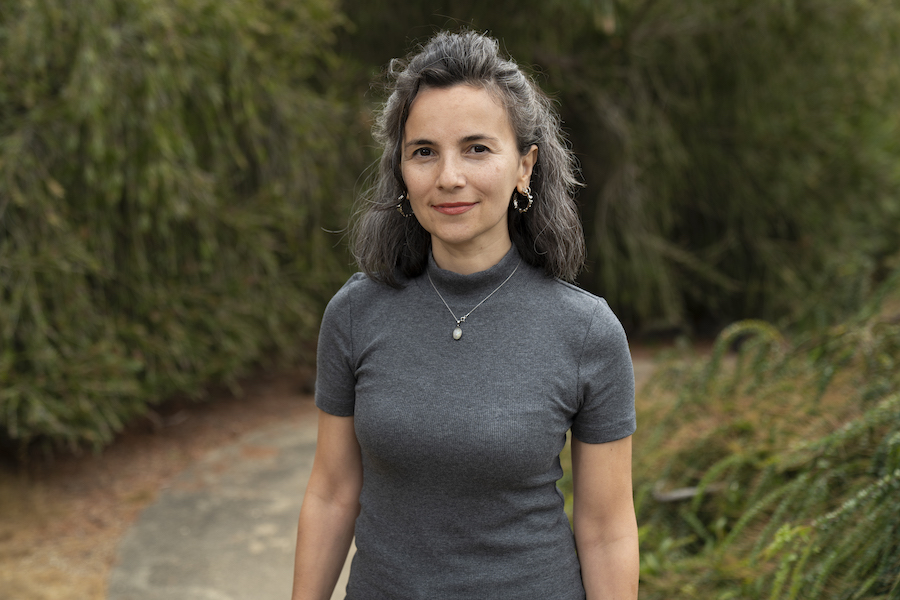
Newly arrived from her last teaching position in Toronto, Canada, the new professor of Film and Digital Media (FDM), Selmin Kara, has lived in three separate countries. She is bringing the University of California, Santa Cruz her knowledge of contemporary media in a post-cinematic world.
When Kara decided to apply for her role at UC Santa Cruz: “I just gave it a shot, and it happened.” She was drawn in by the school’s commitment to environmentalism and FDM’s dedication to documentary research.
Her work has a strong emphasis on Anthropocene discourse, an informal field of study that looks at humans’ impact on the environment. In her free time she does pollinator gardening as activism. In Canada she received grants to reintroduce native plants through neighborhood gardens. Now that she’s in Santa Cruz, she sees the need more for preservation of nature than for the introduction of new plants.
Along with environmentalism, she will be exploring modern forms of media and how they interact with each other. “Post-cinematic theory looks at how media makes esthetics for different media, like how documentaries incorporate gaming, AR, VR,” says Kara.
She believes her contemporary research into media will also cater to the ever-younger student body. “In the classroom, when you’re teaching those things you’re having a conversation about the world and where we see ourselves headed towards. And I think the students always have that kind of really current perspective.”
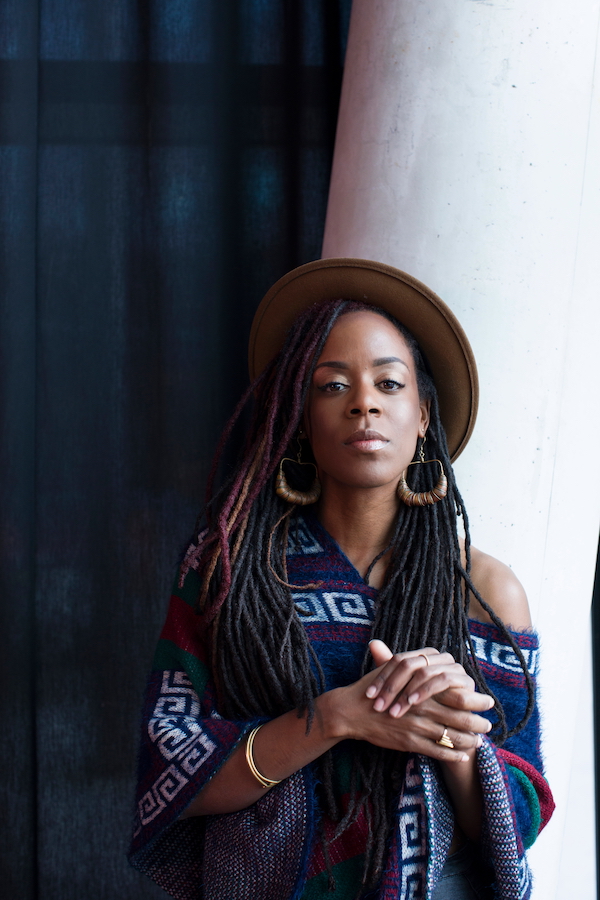
“The position that they were offering is actually really unique, and is actually historic,” says akua naru, University of California, Santa Cruz’s new assistant professor of music. naru will be focussing on the history and study of hip hop, a genre for which there is little to no academic research.
naru moved to California for this position, having spent her whole life on the east coast. “My entry point into California is through hip hop music,” she says, pointing out major artists including Dr. Dre, Kendrick Lamar, and Nipsey Hussle. If it were not for her new role at UC Santa Cruz, naru may have never decided to come to the west coast.
Parallel to her creative career, naru is excited to continue her career in teaching. “I think teaching is learning, so being in that orbit and in that conversation is exciting to me,” she says. naru sees the classroom not only as a space to teach, but as a place where she can learn from her students as well. “I’m very much looking forward to meeting the students, being in community.”
She is looking forward to being in a place that has hosted other great thinkers in the black community including bell hooks and Huey Newton. “When I saw that job post, I thought, “Wow, this is kind of historic,” says naru. “What does it say about the institution that would see the value in sort of this work or this community and create this opportunity. So I was just excited to apply.”
Assistant Teaching Professor of Art and Creative Technologies
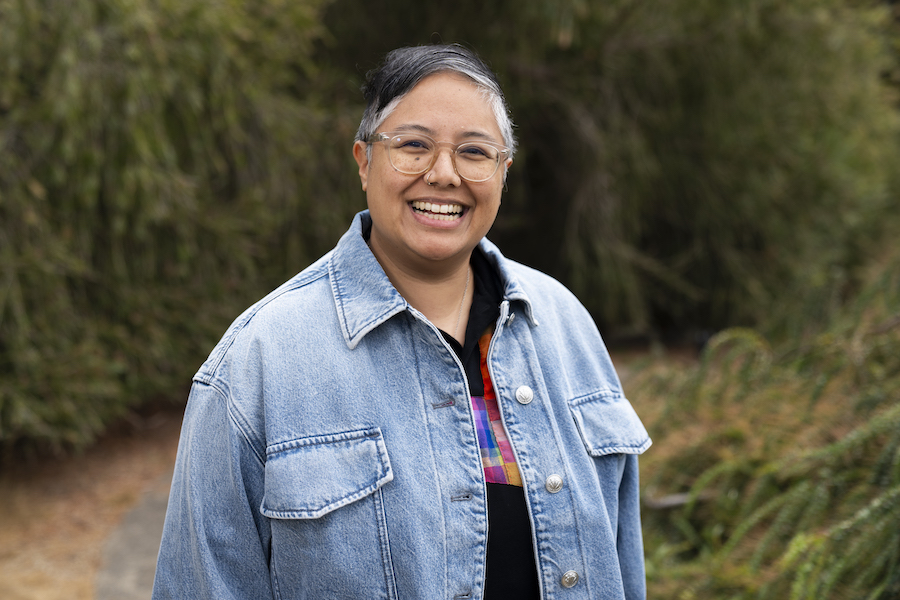
Though she is a new faculty member, Dorothy Santos is well acquainted with the University of California, Santa Cruz campus since she earned her Ph.D.here in June of 2023. She spent the past year as a visiting professor for the Everett Program and is now an assistant professor in both art and the newly formed degree program, Creative Technologies.
Santos went on to receive her M.A. in Visual and Cultural Studies from California College of the Arts, which eventually helped lead her to UC Santa Cruz. “I wanted to work with Professor Saraya Murray, she was my external committee member when I was working on my Master’s,” says Santos. “We maintained this mentor mentee relationship, and over the years she’s been so supportive and very much an advocate for my work.”
Along with her schooling, Santos’ research work has been shown in places including Fort Mason Center for the Arts, Yerba Buena Center for the Arts, and the LGBT Historical Society. Her writing has appeared in Ars Technica, Slate, and Vice amongst other publications.
When she’s not busy with her research, Santos hosts a podcast called Five at Nine: Tarot, Work and Economic Justice. “A lot of it is centered around cartomancy, but in particular tarot. I’ve been reading tarot since I was a teenager,” says Santos. She also loves hanging out with her cat, Noel, and taking long walks.
Starting this year by doing cross-disciplinary work from different departments, Santos is embracing an expansive form of research and study. She will be embracing diversity and a diverse body of research here at UC Santa Cruz.





